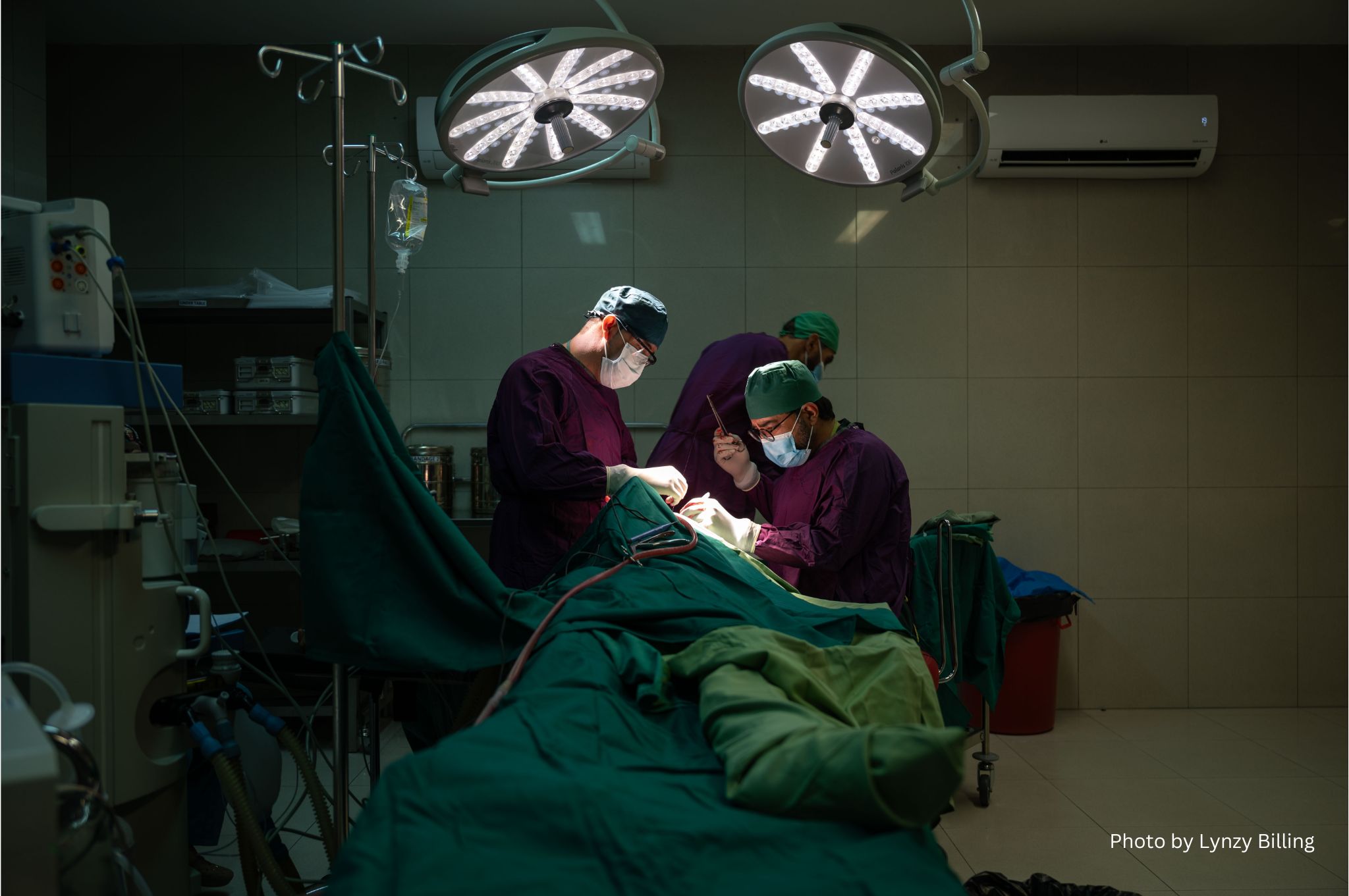
Livorno: Disembarkation Of 142 Rescued People Onboard EMERGENCY’s Ship Life Support Concluded
EMERGENCY LANDS IN LIVORNO AFTER TWO NIGHTTIME OPERATIONS IN 24 HOURS: 142 PEOPLE RESCUED
Livorno, 22.12.22 – At 08:15, EMERGENCY finished disembarking the 142 people rescued by Life Support during the nights of 18 and 19 December.
The survivors come from Bangladesh, Burkina Faso, Cameroon, Ivory Coast, Egypt, Eritrea, Guinea, Mali, Pakistan, and Somalia. There are 109 men; 26 unaccompanied minors between 13 and 17 years old; 5 women – one of whom is 7 months pregnant; and 2 children under 2 years old.
Many of the rescued people speak of being arbitrarily detained in Libya, where they suffered violence of various kinds.
“In Libya, I was arrested three times,” reports M.H., a Pakistani man rescued by Life Support. “They freed me in exchange for money, I had my relatives who live in a very poor village in Kashmir send it to me. They had to go into debt to help me.“
“This is the first time I have slept in two years,” says L.C., a Somali boy who has just turned 18. “In Libya, I was working as a builder so I could stay in the country and hoped to cross the sea. I always slept with one eye open at night because they would come and beat me when they felt like it. Sometimes maybe because I was doing something wrong without realising it, sometimes for no reason. I want to live my life finally.”
Life Support had departed from the port of Genoa on 13 December, bound for the waters of the Central Mediterranean on its first mission to help save lives along the world’s deadliest migration route.
There were 28 people onboard, including 18 EMERGENCY staff, 9 crew members and 1 photographer-video maker.
The first rescue saved 70 people on the night of 18 December, in the international waters of the Libyan SAR zone. 24 hours later,the second rescue saved 72 people on the night of 19 December, in the international waters of the Maltese SAR zone.
The latter took place after the Life Support team, having informed the authorities of all activities, had been assigned the port of disembarkation from the Italian Maritime Rescue Coordination Centre. En route to the port, Livorno, Life Support was informed by Alarm Phone of a second boat in distress and therefore intervened, as required by international law. By the time Life Support arrived, the people on the boat were in an obvious state of distress.
“We had been in the water for more than 30 hours before the ship that rescued us arrived: another hour and we would have been dead,” says M.H., one of the survivors of the second rescue. “While we were sailing, one of the boys with us fell into the water, not knowing how to swim. We threw an empty canister at him and he clung on. With the boat so loaded, we ran the risk of capsizing, but we didn’t let him down.”
Roberto Maccaroni, Health Coordinator of the ship, adds: “A total of 72 people sailed in the 7-metre-long boat. Many of them travelled in the hold of the boat, huddled and squashed together to the point that even now they struggle to stand up straight. They have very painful muscle contractures and have difficulty moving.”
“Rescue operations were carried out promptly, but in complex conditions –– i.e., bad weather, under darkness and one-metre waves. The rescued boats were also overcrowded, well beyond their carrying capacity, and therefore at high risk of capsizing,” says Carlo Maisano, EMERGENCY’s SAR Project Coordinator.
After three days of sailing since the second rescue, Life Support has arrived in the port ofLivorno, completed its disembarkation operations and is now preparing for its second mission.
“If a doctor becomes aware of a person who is sick, he stops to help them, even if he has just rescued one,” says Pietro Parrino, Director of the Fields Operations Department. “Assigning distant ports and imposing a maximum number of rescues per mission would mean reducing the effectiveness of NGOs and accepting that the number of deaths in our sea will increase.”






